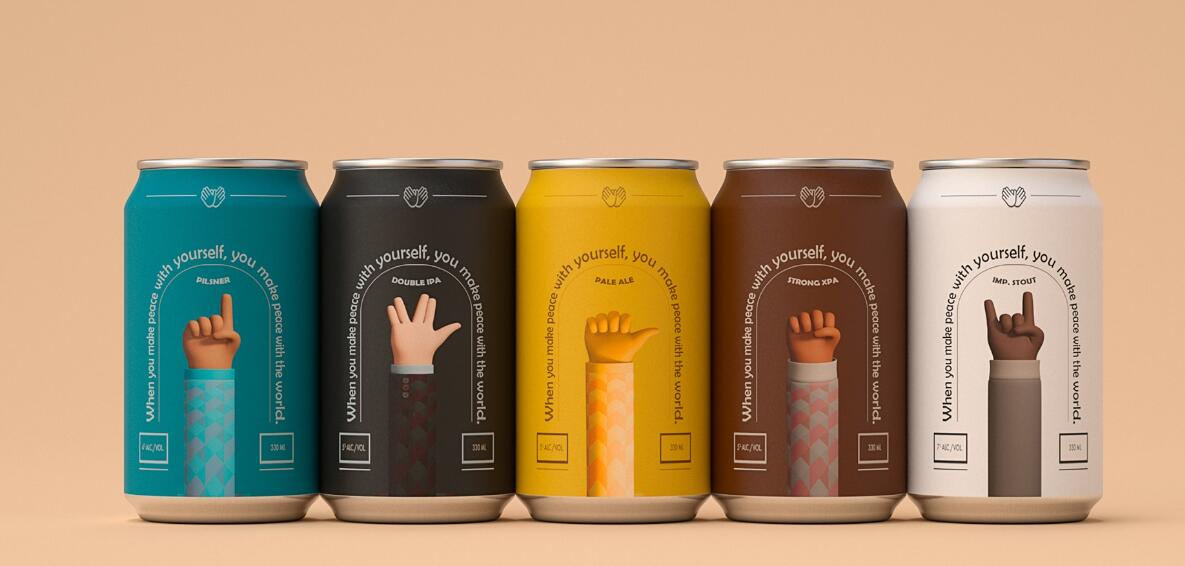Why Some Drinks Come in Aluminum Cans and Some in Tinplate Cans
Jun 09, 2023
When you purchase a refreshing drink from the store, have you ever noticed that some cans are made of aluminum, while others are made of tinplate? The choice of can material is not arbitrary and is instead based on a combination of factors, including durability, cost, and recycling capabilities.
Let's start with durability. Aluminum is known for its strength and resistance to corrosion, making it an ideal material for packaging beverages that require a long shelf life or that may be exposed to heat or humidity. Additionally, aluminum cans are lightweight and feature airtight seals, which provides excellent resistance to bursting. Tinplate, on the other hand, is also durable and flexible, but it is less corrosion-resistant than aluminum and is not as well-suited for packaging carbonated drinks.
When it comes to cost, aluminum cans are generally more expensive than tinplate cans, primarily due to the costs of the raw materials and the manufacturing process. However, the cost differential is not always significant, and companies may choose to use aluminum when it better aligns with their brand image or when regulations mandate its use.
Recycling capabilities are another critical factor in can material selection. Aluminum cans are infinitely recyclable, meaning they can be crushed and compacted for transport efficiency, melted down, and turned into new cans. In contrast, tinplate cans are recyclable, but the process is more challenging and energy-intensive, and the recycling rates are typically lower than aluminum cans.
Other considerations that may influence can material choice include strength, affordability, barrier properties, and suitability for packaging non-carbonated drinks. The importance of spoilage prevention and freshness maintenance also must be weighed, as well as cultural and logistical factors that may vary by location.
Large companies like Coca-Cola and PepsiCo have taken steps to increase sustainability and recycling awareness, but governmental regulations, deposits, and bans also play a role in can material selection. Pull-tabs and lead lining are technical aspects that may sway companies towards choosing tinplate, while economic and social factors may affect affordability and brand perception.
In conclusion, the choice of can material depends on numerous factors, including market demand, brand identity, and regulations. Packaging plays a crucial role in protecting and promoting beverages, and the environmental impact must always be considered. Understanding the benefits and drawbacks of aluminum and tinplate cans enables companies to make informed decisions that strike a balance between industry impact and consumer choice.
